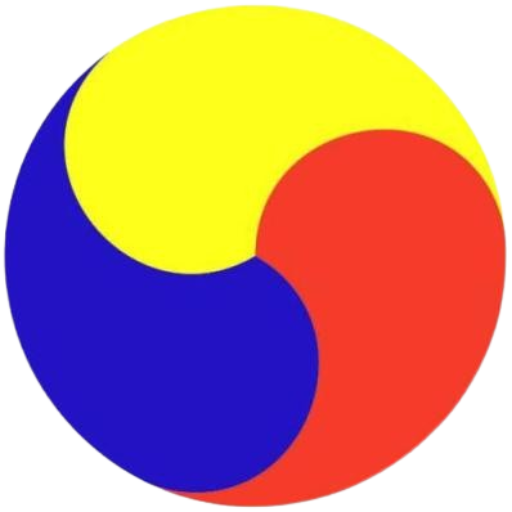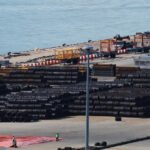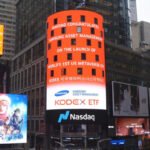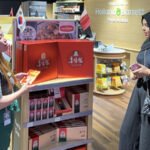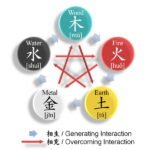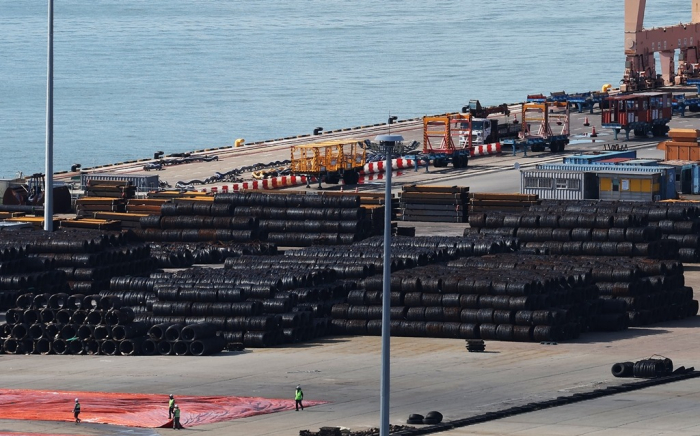
South Korea’s steel industry is expected to take another blow as the European Union plans to tighten restrictions on steel imports by cutting tariff-free quotas and doubling the duty to 50%, following the US.
The EU unveiled on Tuesday a draft plan to reduce its total steel import quota to 18.3 million tons, 47% lower than the 30.5 million tons set last year under the current safeguard measure. Imports exceeding the quota would be subject to a 50% tariff, double the current 25%.
The draft also includes a “melt and pour” origin requirement, obliging importers to provide evidence — such as a mill certificate — showing where the steel was originally melted and poured. Country of melt and pour refers to the location where raw steel is first produced in a liquid state within a steel-making furnace and then poured into its initial solid form, such as a billet, slab, or ingot.
Requiring proof of the country of melt and pour will prevent steel made in overcapacity countries from entering the EU market through further processing elsewhere.
The new system is expected to take effect through a member state vote at the end of June 2026, when the current safeguard measure expires, pending a vote by EU member states after undergoing the EU’s ordinary legislative procedure.
DOUBLE BLOW
The South Korean steel industry is predicted to take a toll as the EU is the country’s largest market. The nation exported $4.48 billion in steel products to the EU last year, according to the Korea International Trade Association (KITA). The US was South Korea’s second-largest steel market with shipping $4.35 billion.
South Korea sold 3.8 million tons of steel to the EU from July 2024 to June 2025. Of the total, 2.63 million tons were exported under a duty-free quota for South Korea, while the rest was shipped under the global quota, also without tariffs..
“Korea will face a double blow as the EU is set to follow the US, which has already eliminated duty-free quotas and raised tariffs on steel products from 25% to 50%,” said a South Korean steel industry source.
The country’s steel exports to the US have dropped since May, when the US tariff effect fully materialized.
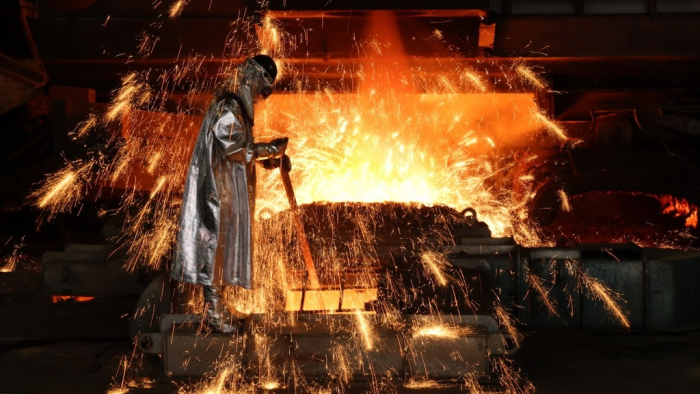
The South Korean steel industry is holding onto hope, however, as the European Commission said import quotas for each country will be determined through separate bilateral talks.
“We need to actively emphasize that Korea is an FTA partner of the EU and plays an important role in supplying high-quality steel to Europe,” said a KITA official, referring to a free trade agreement.
South Korea’s Trade Minister Yeo Han-koo plans to meet European Commissioner for Trade Maroš Šefčovič in person to proactively express Korea’s position and concerns regarding the new steel tariff measures, the ministry said.
The ministry is also set to hold a meeting among the government, the steel sector and related bodies on Oct. 10 to discuss countermeasures.
The country needs to secure as much of the EU’s 18.3 million-ton quota as possible and make the region include South Korean steel products as tariff-exempt items, industry sources in Seoul said.
DIFFICULT TO BUILD STEEL MILLS IN EUROPE
The South Korean steel industry sources saw it difficult to build steel mills in Europe to avoid such tariffs.
The industry, which has already been under pressure from imports of cheaper Chinese and Japanese products to South Korea, reported operating profit margins of only 3-5% in the first half of this year. Margins below 5% are typically considered insufficient for reinvestment in the sector.
POSCO and Hyundai Steel Co. – the country’s two largest steelmakers – have no money to invest in Europe as they are spending billions of dollars on a new steel mill in Louisiana, industry sources in Seoul said.
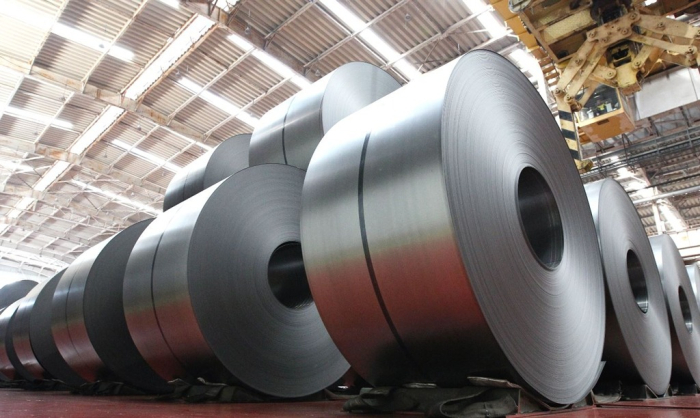
“We thought we could avoid US tariffs by building a local plant, but now we are being hit by potential EU duties,” said one of the sources. “On top of that , Europe has high labor and electricity costs and strict environmental regulations, making it difficult for foreign companies to keep operating costs under control.”
By Dae-Hun Kim, Joo-Wan Kim and Si-Ook Ahn
daepun@hankyung.com
Jongwoo Cheon edited this article.
